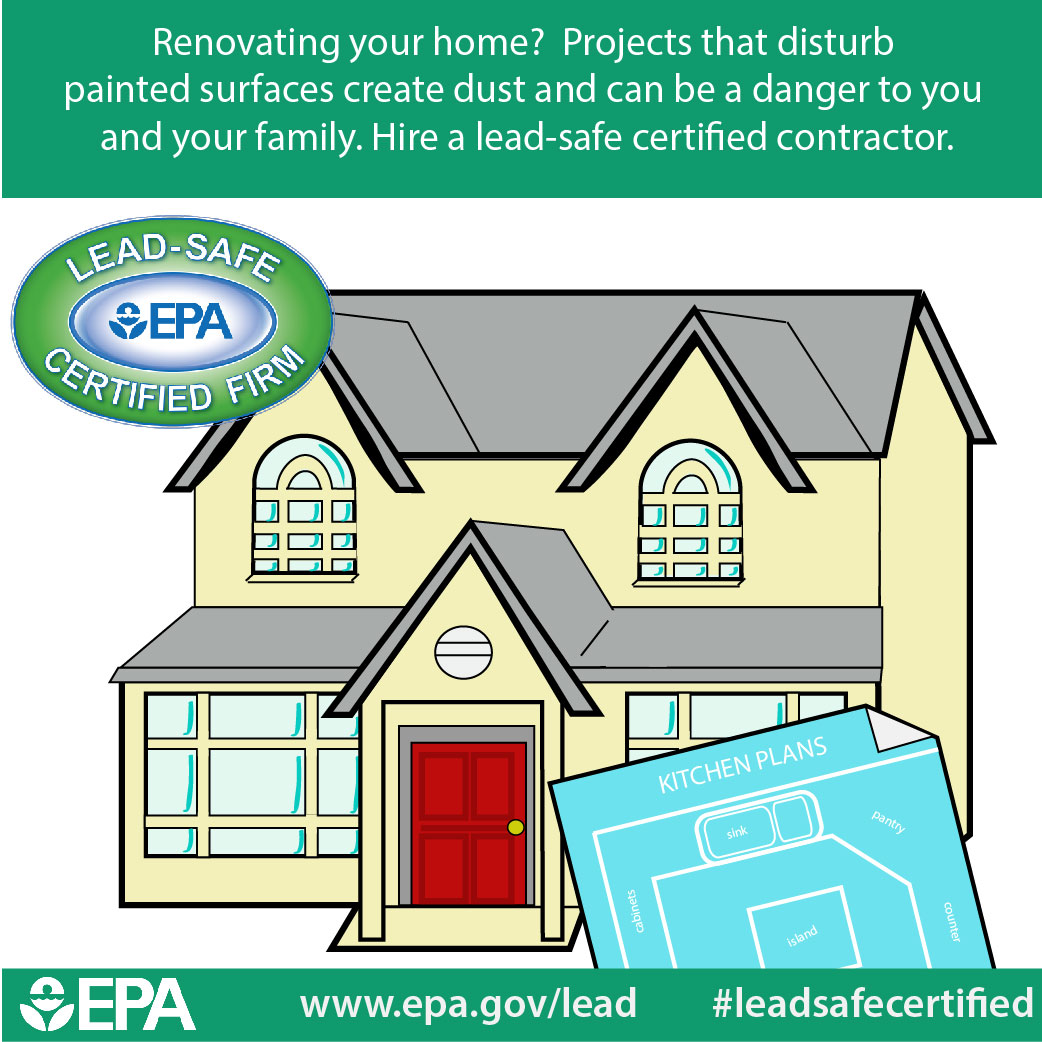Prepare Your Walls For Paint With Essential Suggestions And Methods That Promise A Perfect Coating-- Uncover The Key Actions To Elevate Your Project
Prepare Your Walls For Paint With Essential Suggestions And Methods That Promise A Perfect Coating-- Uncover The Key Actions To Elevate Your Project
Blog Article
Content Create By-Mathiasen Rindom
When you're prepping your wall surfaces for paint, it's critical to adhere to a methodical procedure to guarantee a perfect coating. Beginning by analyzing the wall surface for any kind of damages; this action can make or break your task. Once you've determined any kind of problems, cleaning the surface appropriately is important, as an unclean wall can impact paint adhesion. Afterwards, you'll require to spot any type of imperfections and apply a guide. Yet there specify techniques and pointers that can raise your prep work game-- let's discover those further to attain the very best results.
Assessing Wall Surface Problem
Prior to you order your paintbrush, take a moment to examine your wall surfaces' problem. Look for any kind of visible damage like cracks, holes, or peeling off paint. These flaws can influence how the paint adheres and looks as soon as it's dry. If you notice any kind of significant damages, you'll need to prioritize repair services before diving right into paint.
Look closely at painting business near me of your wall surfaces. Is the surface smooth, or is there structure that might call for special factor to consider? Smooth walls normally need less prep, while distinctive surfaces might need more time to paint equally.
Additionally, take into consideration the previous paint work. If the old paint is glossy, it mightn't permit new paint to stick effectively. You'll want to know if your wall surfaces have been repainted with oil-based or water-based paint, as this can influence your selection of primer or paint.
Ultimately, make note of any kind of moisture problems. If you see signs of water damages or mold and mildew, address these troubles quickly to prevent additional complications.
Cleansing the Surface area
As soon as you have actually assessed the problem of your walls, the next step is cleaning up the surface. Beginning by collecting your products: a pail, warm water, a light cleaning agent, a sponge or fabric, and a scrub brush for harder areas.
Begin at the top corner of the wall and function your method down. Mix the cleaning agent with cozy water in your container, after that dip the sponge or fabric right into the remedy. Wring it bent on avoid too much wetness on the walls.
As you clean up, pay close attention to locations that might've collected dust, oil, or finger prints. For stubborn discolorations, make use of the scrub brush delicately to prevent damaging the paint under. Rinse your sponge or cloth often in tidy water to avoid spreading dirt around.
After cleaning, it's vital to clean the walls with a moist cloth to remove any kind of soap residue. This step makes sure a smooth surface for the new paint to abide by.
Enable the wall surfaces to dry entirely prior to moving on to the following preparation actions. This extensive cleansing process will certainly aid develop a fresh canvas for your paint job, guaranteeing the most effective results.
Patching and Priming
Patching and priming are essential action in preparing your wall surfaces for a fresh coat of paint. Initially, check your walls for any holes, fractures, or imperfections. Make use of a top notch spackling compound or patching paste to load these locations.
Use exterior commercial painters near me with a putty knife, smoothing it out so it's flush with the bordering surface. Allow it to completely dry totally, and after that sand it gently until it's smooth and even.
As soon as you have actually covered everything, it's time to prime. Primer aids secure the patched areas, guaranteeing the paint sticks appropriately and provides a consistent surface. Pick a guide appropriate for your wall kind and the paint you'll be using.
Use please click the up coming post utilizing a roller for larger areas and a brush for corners and edges. If your covered locations are significantly big or porous, you might wish to use a second coat of primer after the first one dries.
After priming, let whatever dry completely prior to proceeding to painting. This prep work will not just enhance the appearance of your walls yet also lengthen the life of your paint job.
Take your time, and you'll be pleased with the results.
Conclusion
By adhering to these basic actions, you can attain a smooth and specialist coating on your wall surfaces. Start by evaluating their problem, after that tidy and patch any kind of flaws before applying guide. Keep in mind to allow adequate drying out time and guarantee every little thing is smooth prior to you dive into paint. With the right preparation, you'll establish the stage for an attractive improvement in your area. Now, collect your materials, breathe in the fresh air, and prepare to paint!
